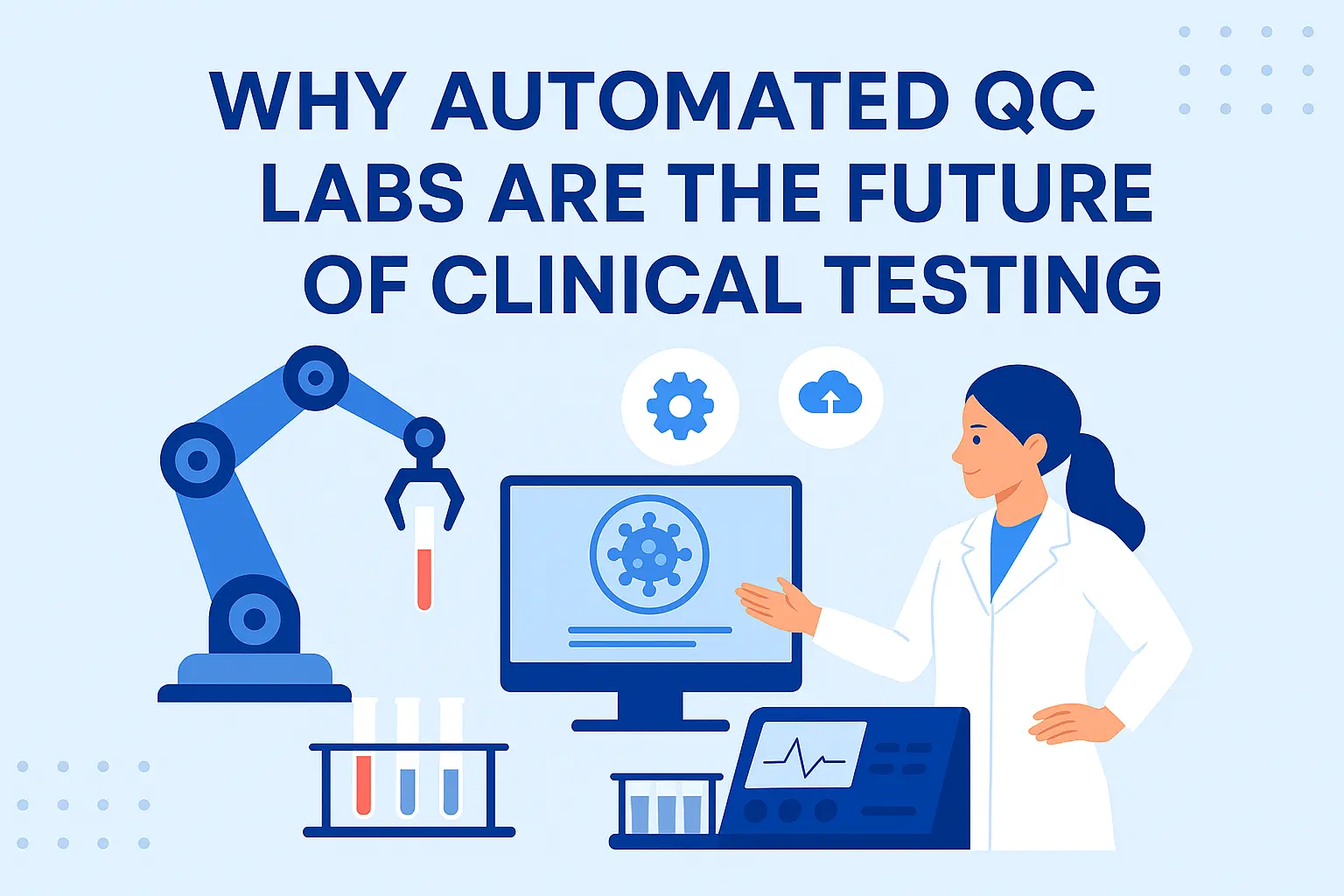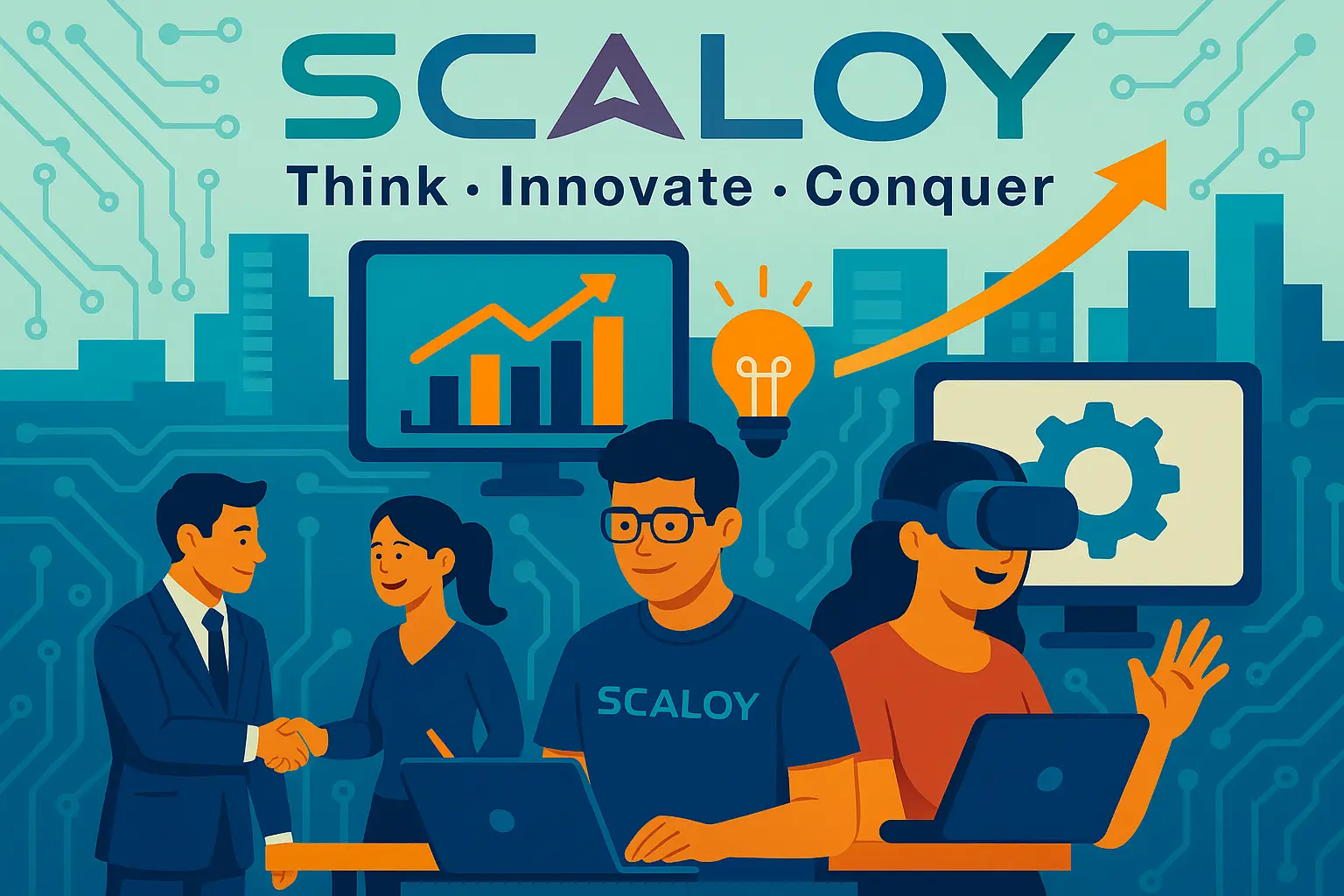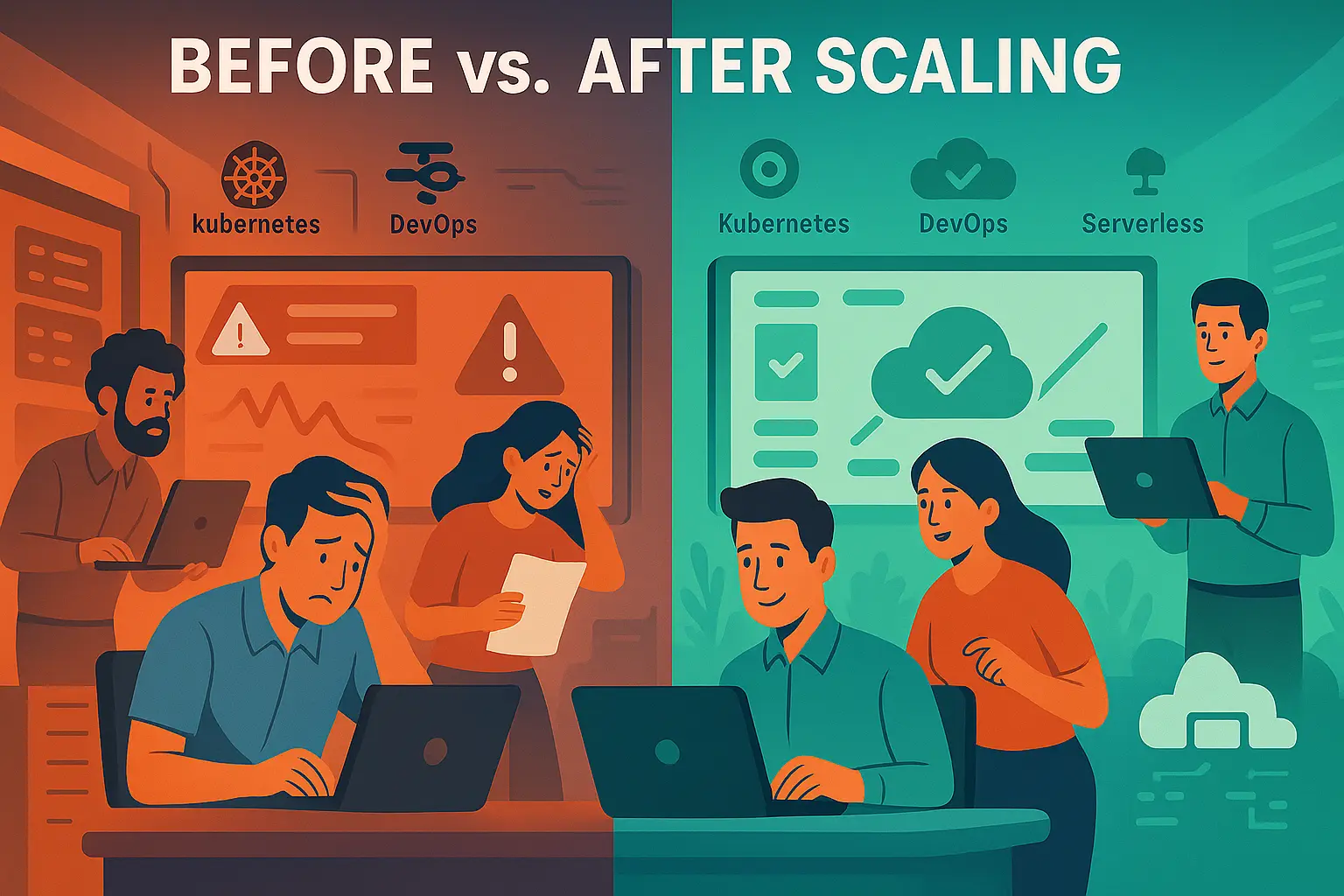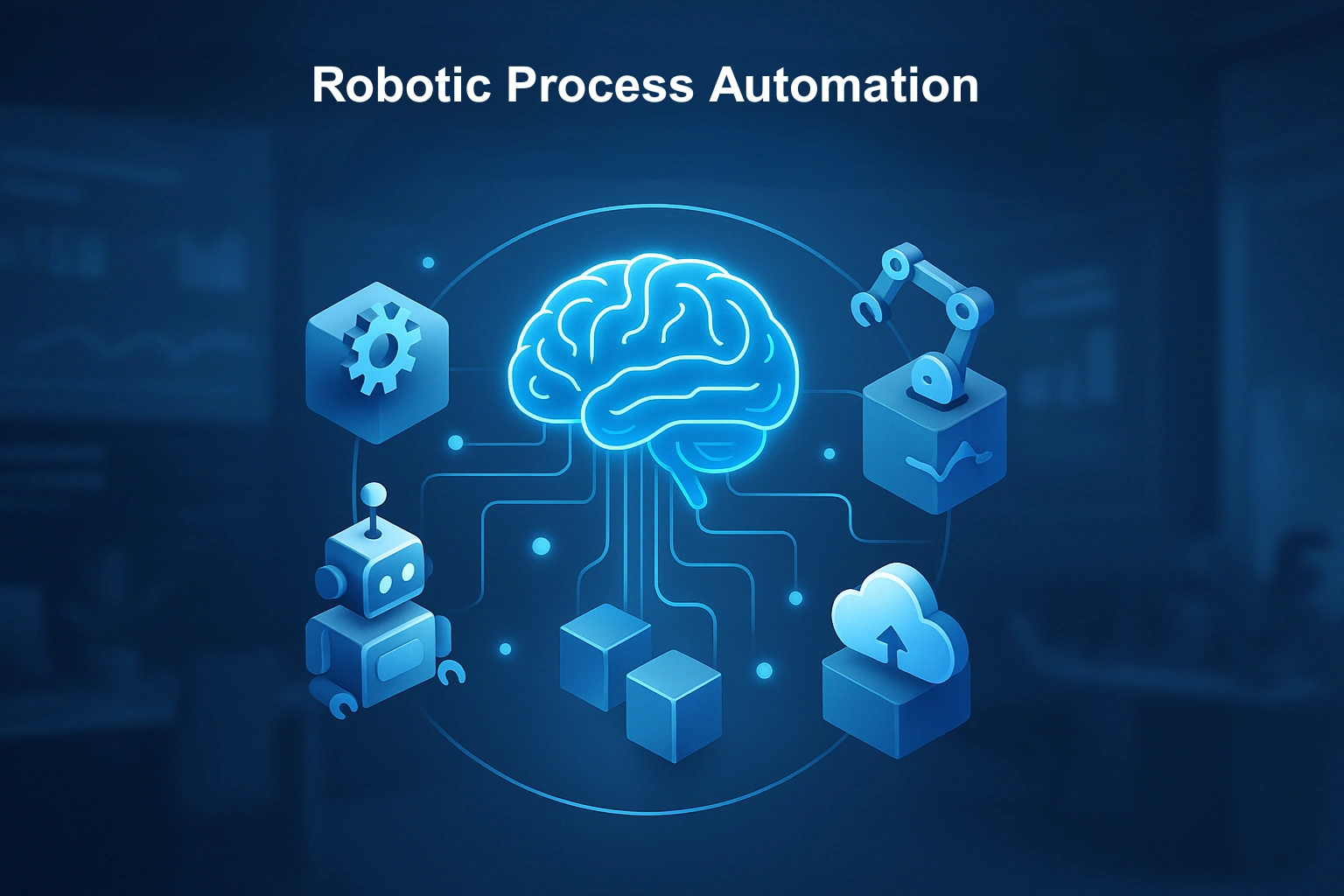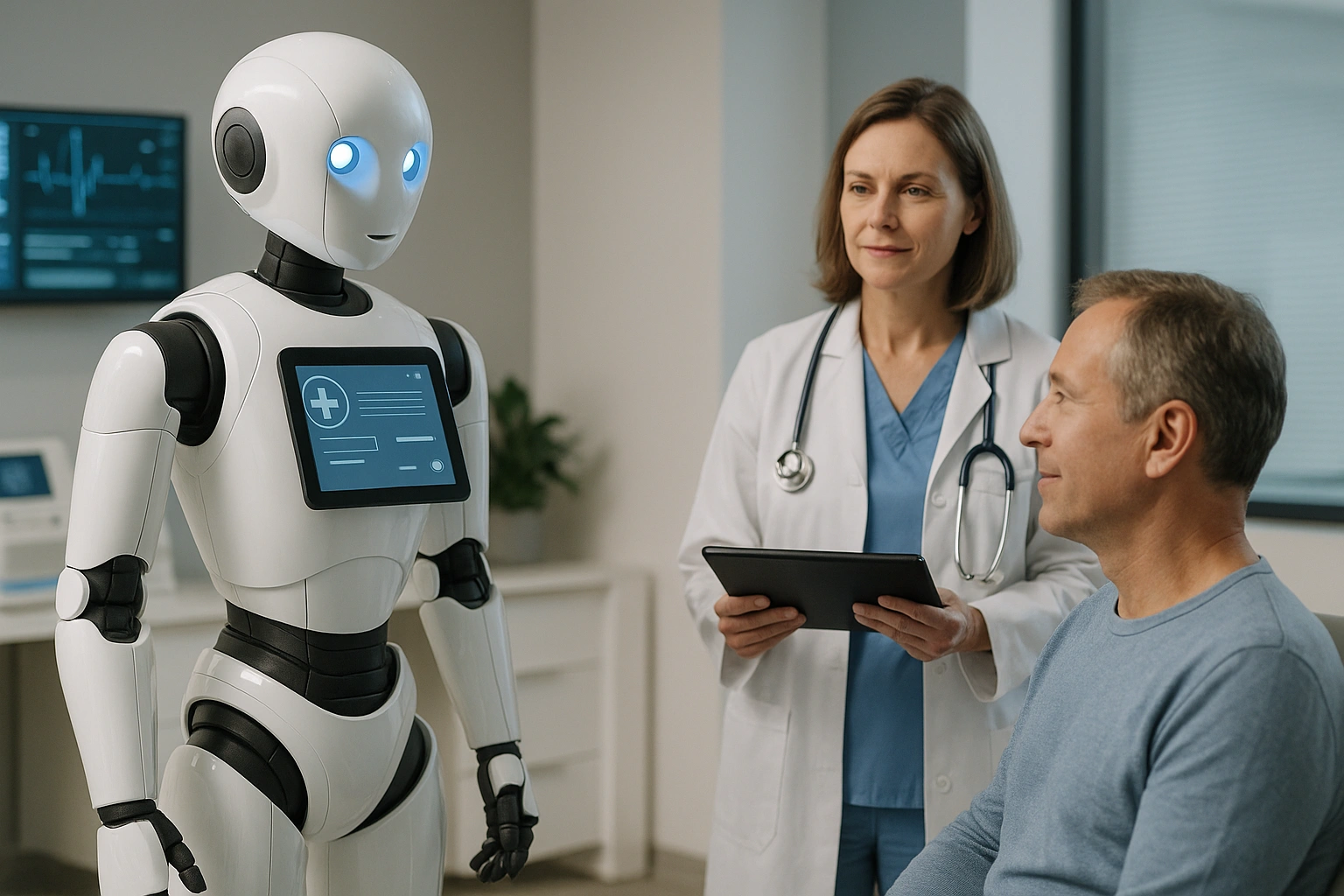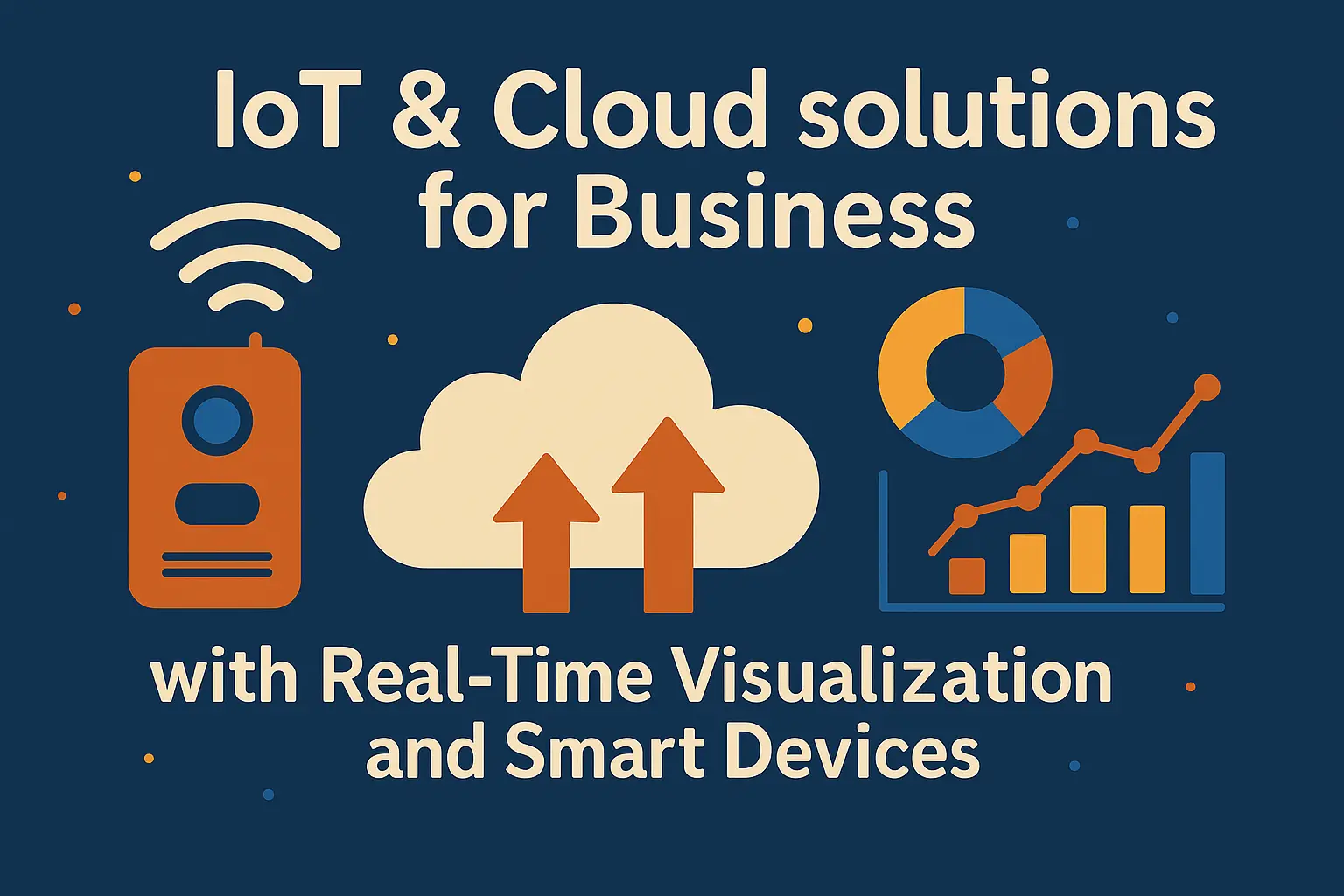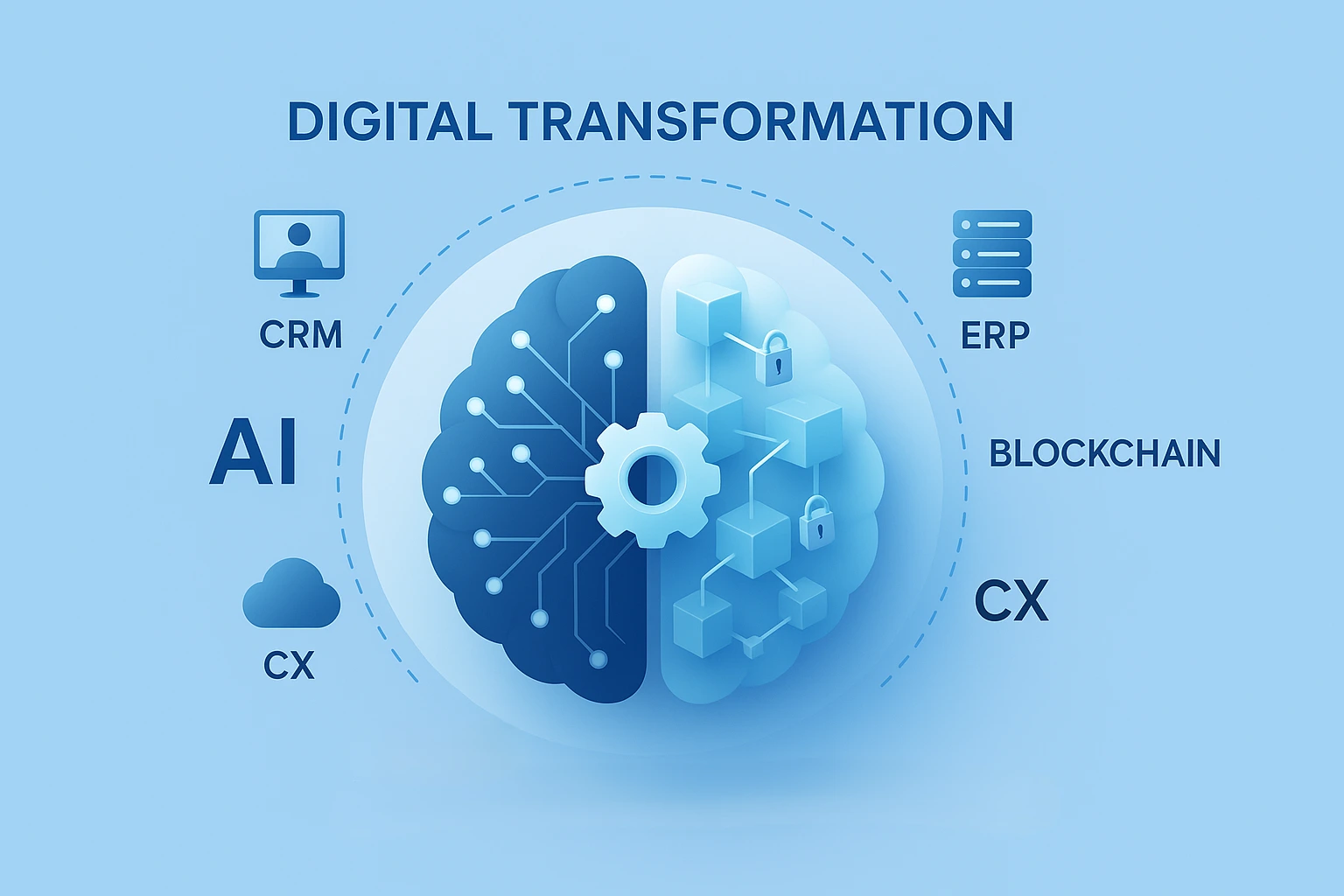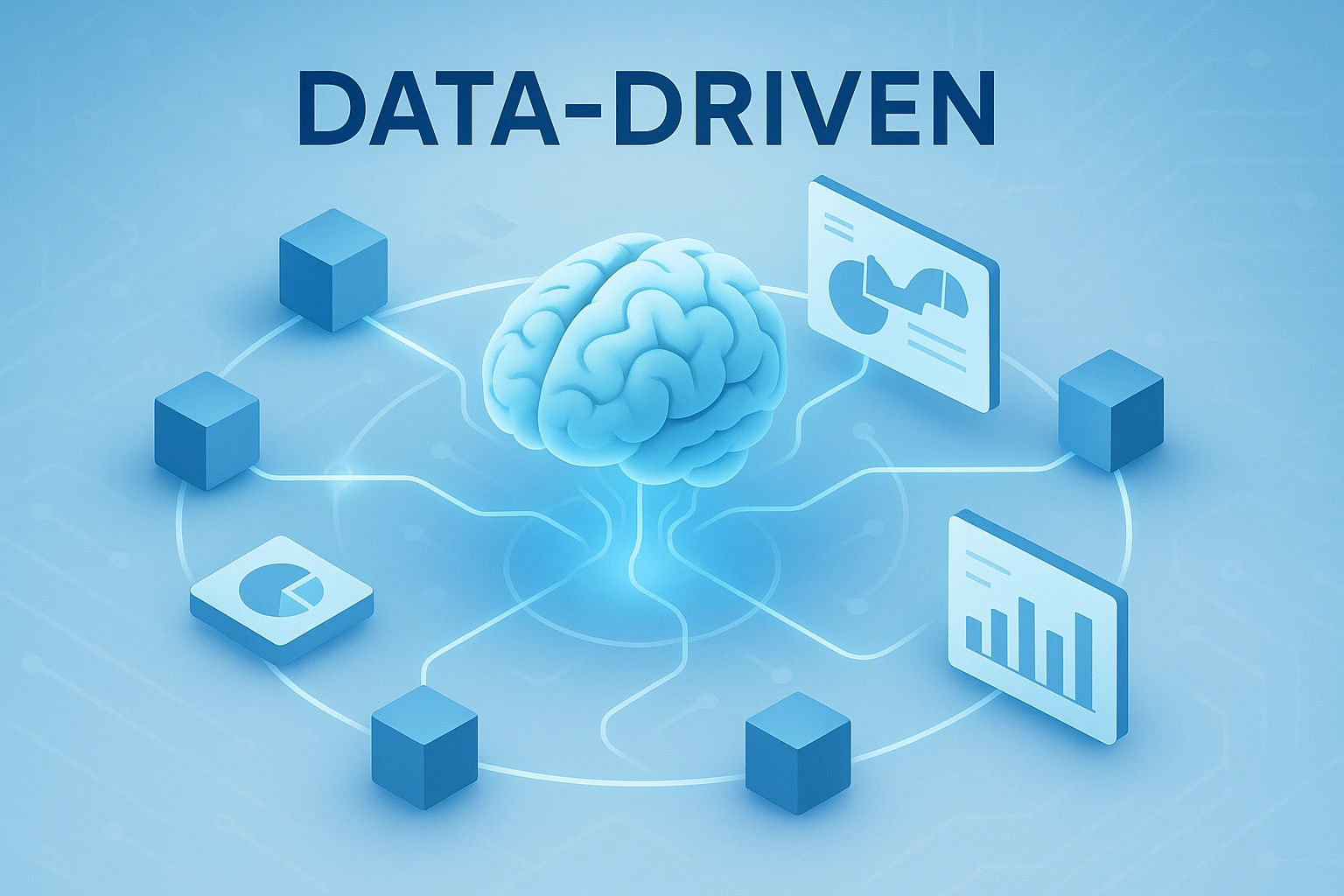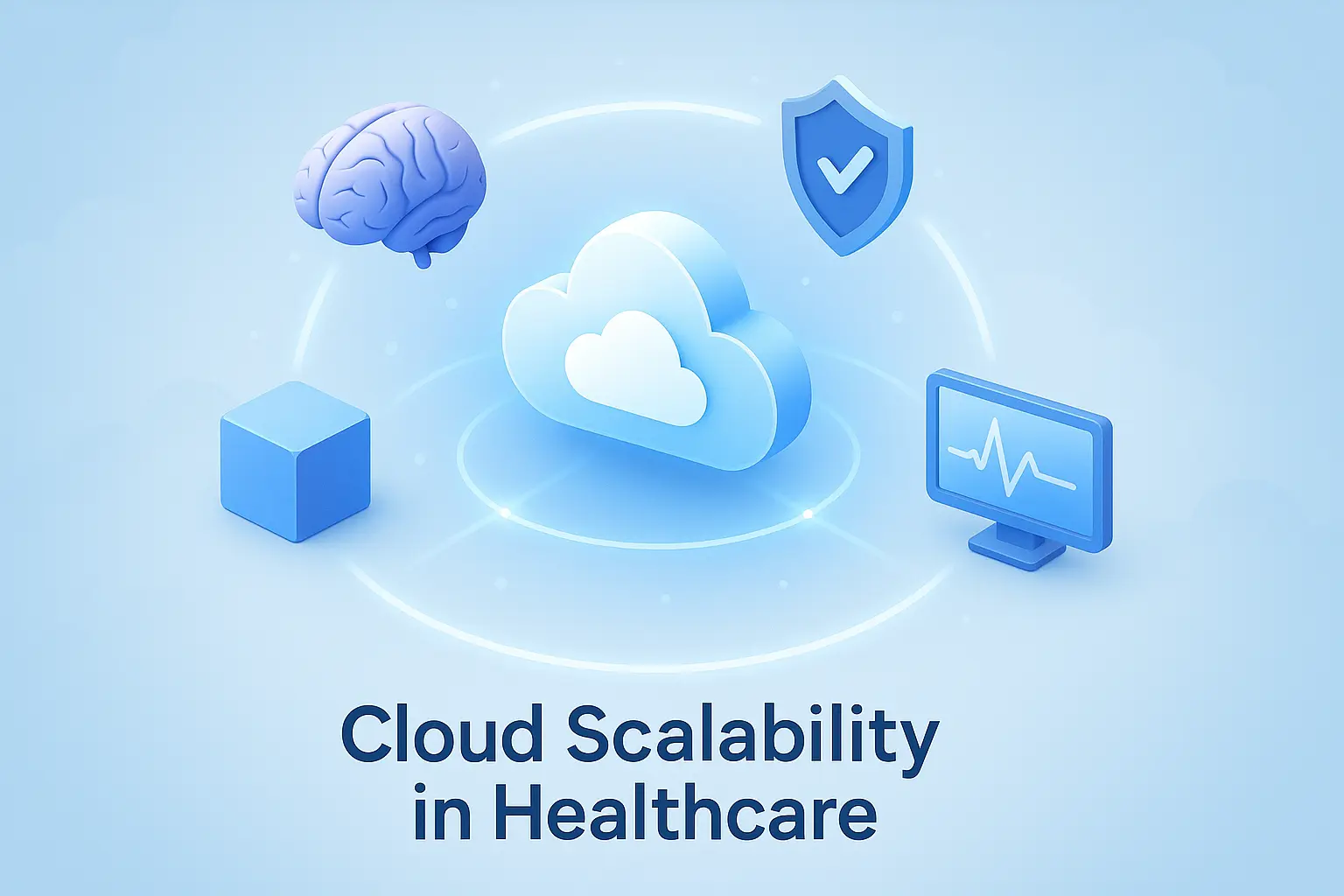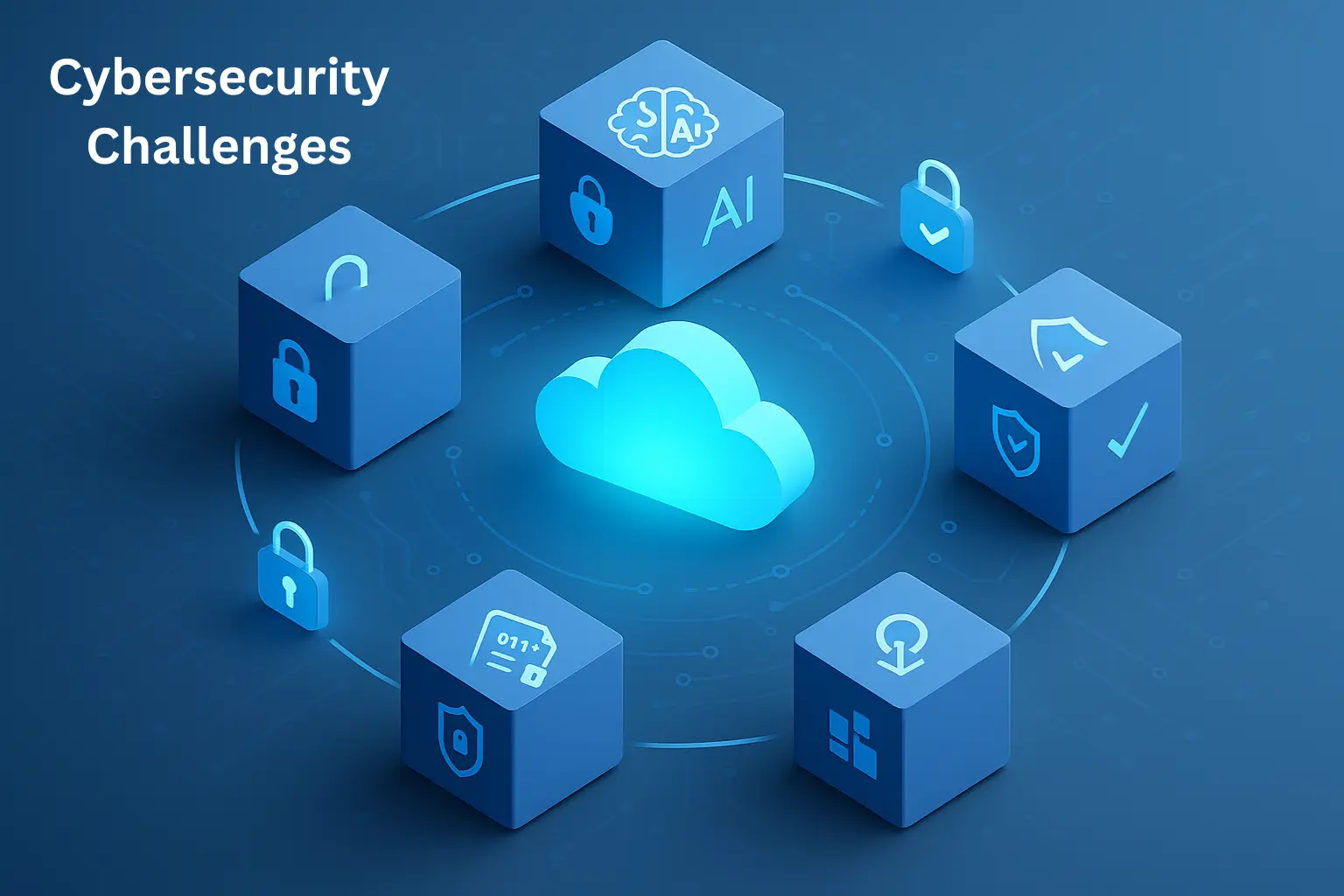Post By

IOT In Healthcare
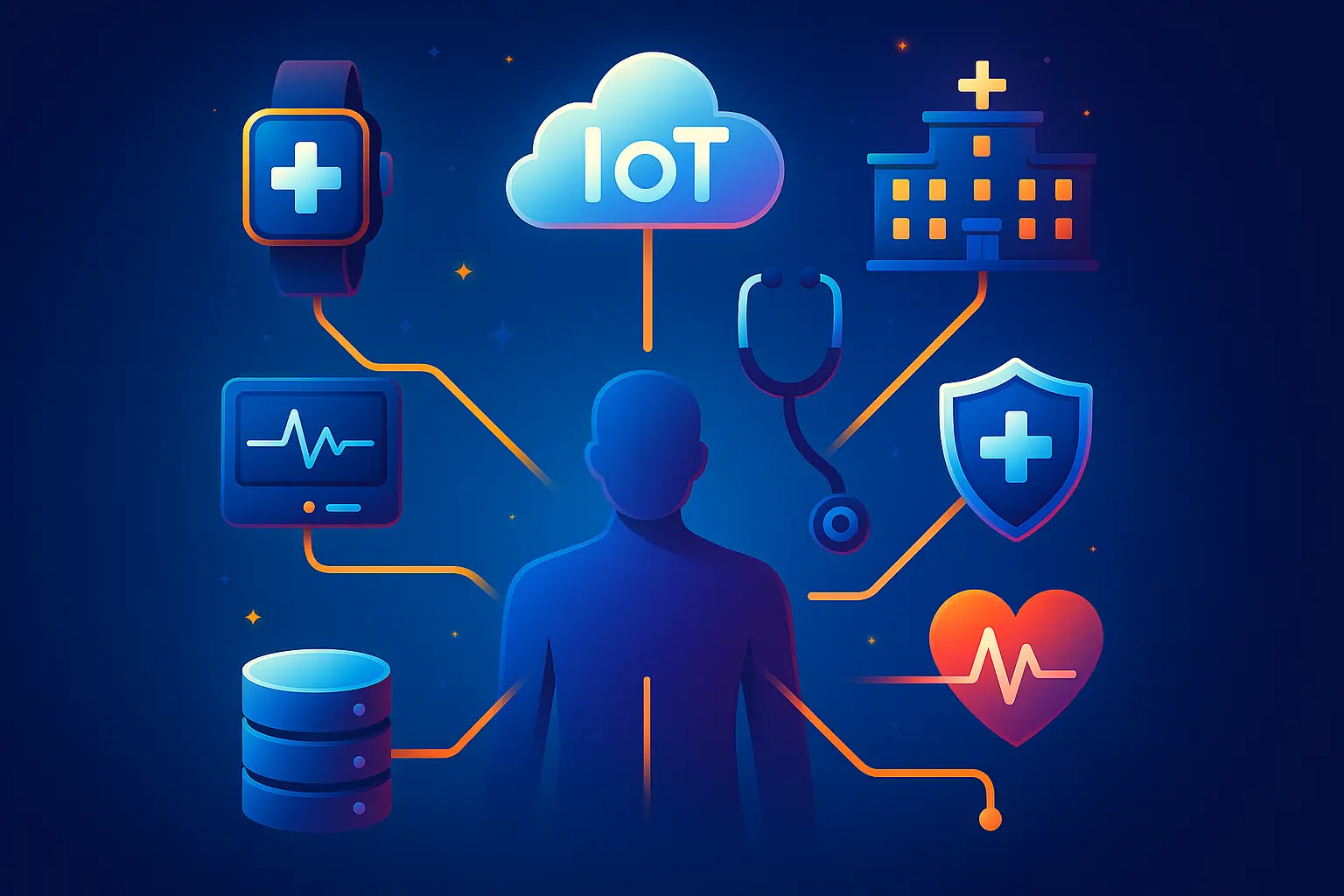
The healthcare industry is undergoing a paradigm shift. Rising demands, growing costs, and the need for more personalized care have made the Internet of Things (IoT) one of the most disruptive forces in modern medicine. IoT in healthcare is more than just a buzzword. From connected medical devices to smart patient monitoring, it is transforming how hospitals operate, how doctors make decisions, and how patients engage with their own health. At Scaloy, we help healthcare providers, startups, and med-tech companies harness IoT technologies to enable smarter diagnoses, quicker responses, and better outcomes. This blog explores how IoT is revolutionizing healthcare, the challenges it addresses, its key benefits, real-world applications, and why now is the time to invest in connected care. IoT in healthcare, often referred to as the Internet of Medical Things (IoMT), is a connected network of devices, sensors, applications, and infrastructure that exchange information in real time. These devices transmit vital health data such as heart rate, blood sugar levels, oxygen saturation, and medication tracking directly to healthcare professionals or analytics platforms. With the aid of wearables and remote monitoring devices, IoT is shifting the model from hospital-centered treatment to preventive, home-based care. When combined with cloud computing, mobile apps, and AI, IoT further enables smarter diagnoses, personalized treatment plans, and faster response times. The greatest advantages of IoT in healthcare come with real-time monitoring and early diagnosis—allowing patients to avoid frequent hospital visits while reducing emergency response times. While IoT has the power to transform healthcare, organizations face several challenges in its implementation. Scaloy works with healthcare providers to address these challenges effectively: By addressing these obstacles, healthcare organizations can unlock the true potential of IoT without compromising safety or efficiency. Healthcare providers adopting IoT-enabled systems are realizing tangible benefits: To ensure successful IoT adoption, healthcare organizations should follow these best practices: Scaloy implemented MediConnect, a mobile-first IoT-enabled healthcare platform designed to tackle common hospital challenges such as long queues, delayed lab reports, and inefficient appointment systems. Results from MediConnect included a 45% reduction in patient waiting time, 30% fewer missed appointments, and over 85% of patients reporting high satisfaction with lab access. This real-world deployment proves how IoT transforms patient care and operational efficiency. IoT is no longer optional in healthcare. From predictive analytics and remote monitoring to smart hospitals and connected devices, it is already shaping the future of medicine. Early adopters will gain stronger patient trust, reduced costs, and streamlined operations. Scaloy continues to empower healthcare providers with scalable IoT solutions that put patients first, while ensuring compliance, security, and long-term growth.
The Importance of IoT in Healthcare
Challenges and Solutions in Implementing IoT for Healthcare
Key Benefits of IoT in Healthcare
Best Practices for Healthcare IoT Implementation
Case Study: MediConnect by Scaloy
Our Proven Implementation Process
Conclusion
What is IoT in healthcare?
IoT in healthcare, also known as the Internet of Medical Things, is the use of connected devices, sensors, and platforms that share real-time health data to improve patient care, hospital operations, and medical decision-making.
How does IoT improve patient outcomes?
IoT enables continuous monitoring of patient vitals, early detection of diseases, and real-time interventions. This leads to quicker treatments, personalized care, and improved long-term health outcomes.
What challenges exist in adopting IoT in healthcare?
Challenges include data privacy and security, integration with legacy systems, ensuring device reliability, cost of deployment, and training staff. Solutions involve scalable infrastructure, cloud platforms, and strong compliance measures.
Which IoT devices are used in healthcare today?
Popular IoT devices include wearable ECG monitors, blood glucose sensors, smart inhalers, connected infusion pumps, ingestible sensors, and hospital asset tracking systems.
How does IoT reduce hospital costs?
IoT reduces costs by preventing readmissions, shortening patient stays, automating inventory management, and improving workflow efficiency. Hospitals can save millions annually through optimized resource use.
Is IoT in healthcare secure for patient data?
Yes, when implemented correctly. IoT healthcare solutions must comply with HIPAA, GDPR, and similar regulations, using encryption, authentication, and access controls to protect patient privacy and data integrity.
Can IoT replace doctors in the future?
No, IoT is designed to support doctors, not replace them. Devices provide accurate data and automate routine tasks, enabling medical professionals to focus on diagnosis, treatment, and patient interaction.
What are the real-world examples of IoT in healthcare?
Examples include remote patient monitoring wearables, MediConnect IoT healthcare platform, smart ambulances, connected pill dispensers for medication adherence, and environmental monitoring systems in hospitals.
What future trends will shape IoT in healthcare?
Future trends include AI-powered predictive health, blockchain for secure data exchange, 5G-enabled remote surgeries, smart implants, and digital twins that replicate patient health profiles virtually.
Why should healthcare providers invest in IoT now?
Early adoption builds patient trust, reduces long-term costs, streamlines regulatory compliance, and opens new revenue streams such as telemedicine. Delaying adoption risks falling behind competitors already benefiting from IoT.

Discover our other blogs.
Automated QC
Speed, accuracy, and efficiency are critical in the rapidly evolving field of diagnostics and...

Yash Patel
Jul 10, 2025
Scaloy Success Stories
In today’s dynamic corporate environment, embracing the right technology is no longer o...

Ankit Patel
Jun 20, 2025
Scalability
In the ever-accelerating digital era, where speed, resilience, and adaptability are more than...

Vasu Patel
Jun 1, 2025
RPA
In today’s fast-paced business world, speed, precision, and innovation define success. ...

Isabella Rossi
May 10, 2025
IOT Takeover
Imagine receiving care, diagnosis, and monitoring from a network of intelligent medical devic...

Ishita Choudhury
Apr 23, 2025
IOT
In today’s digital-first economy, businesses are under increasing pressure to process m...

Emma Williams
Mar 20, 2025
Digital Transformation
In an era of accelerating change, digital transformation is no longer a choice but a necessit...

Siddharth Nair
Mar 3, 2025
Data Driven Strategies
In today’s hypercompetitive digital economy, data has become more than just information...

Liam Johnson
Feb 17, 2025
Cloud Native Healthcare
The healthcare industry is experiencing rapid digital acceleration. From electronic health re...

Kavya Iyer
Jan 31, 2025
Cyber Security
As digital transformation accelerates, organizations across industries are under pressure to ...

Sophia Martinez
Jan 15, 2025

